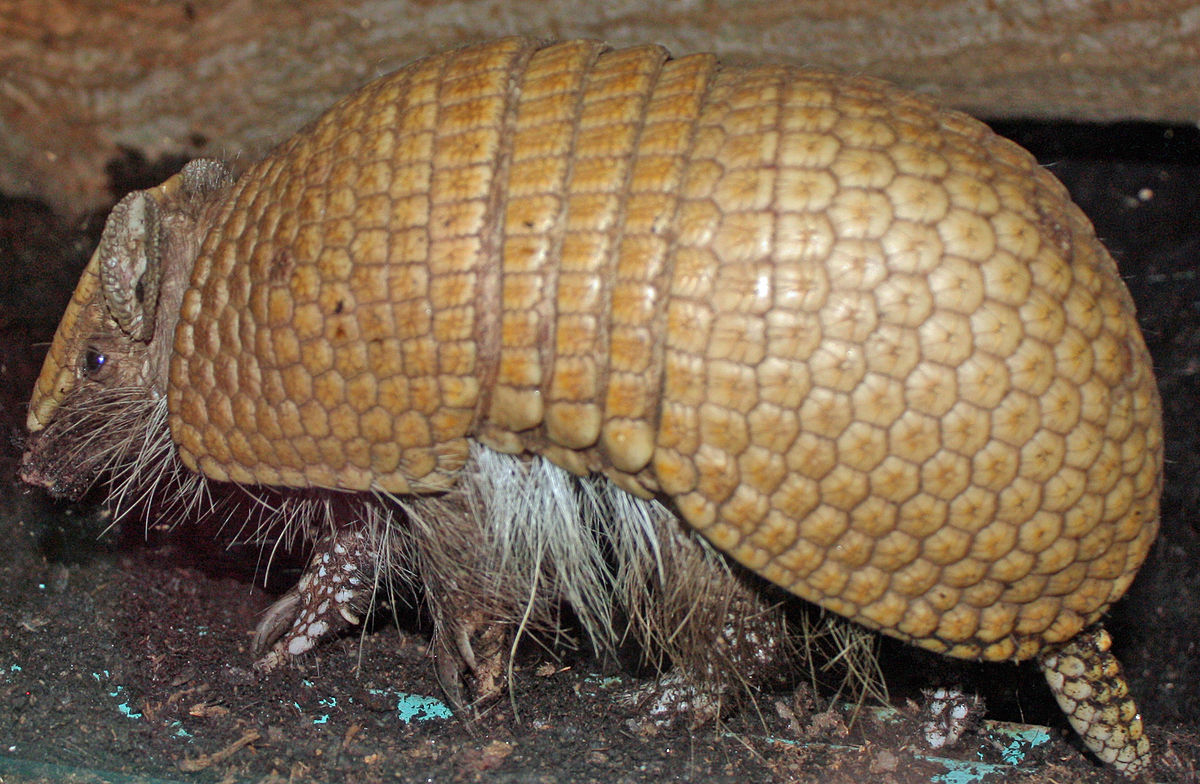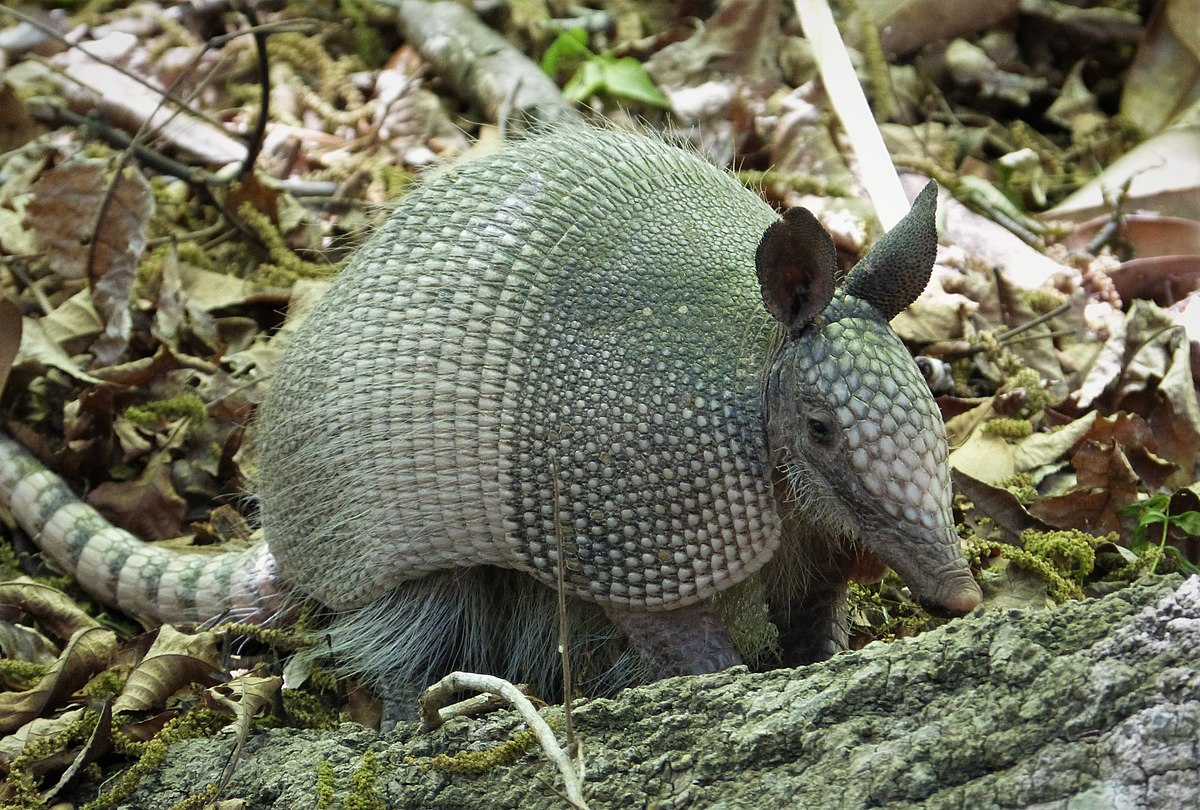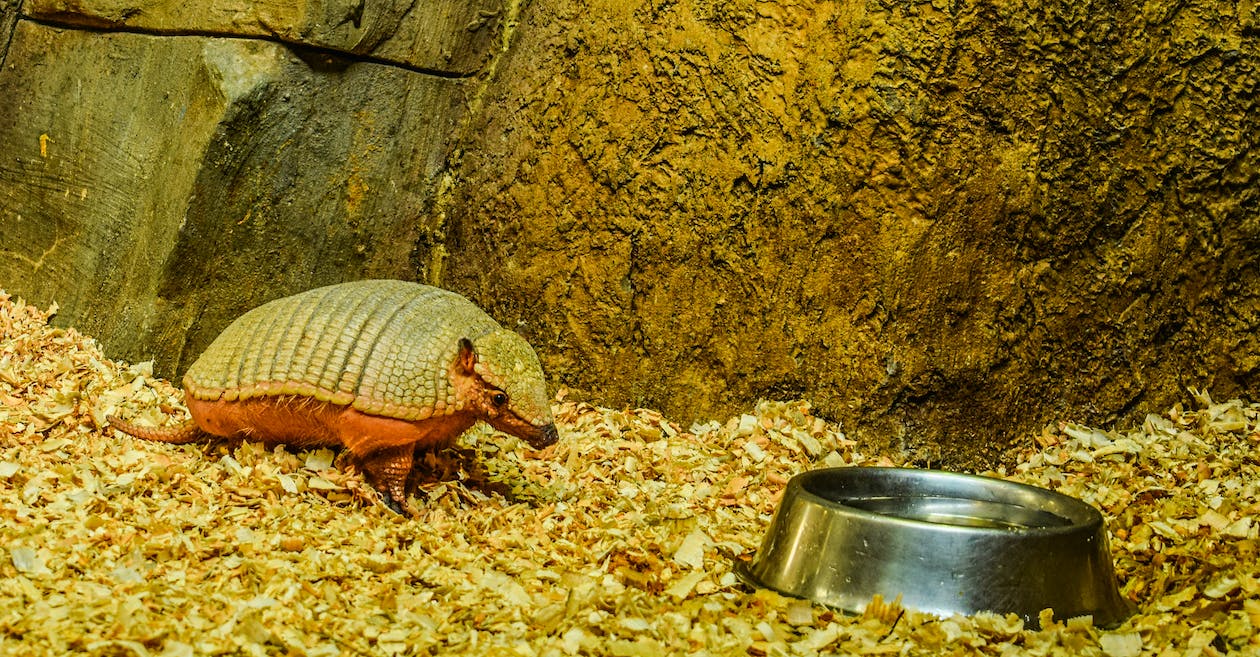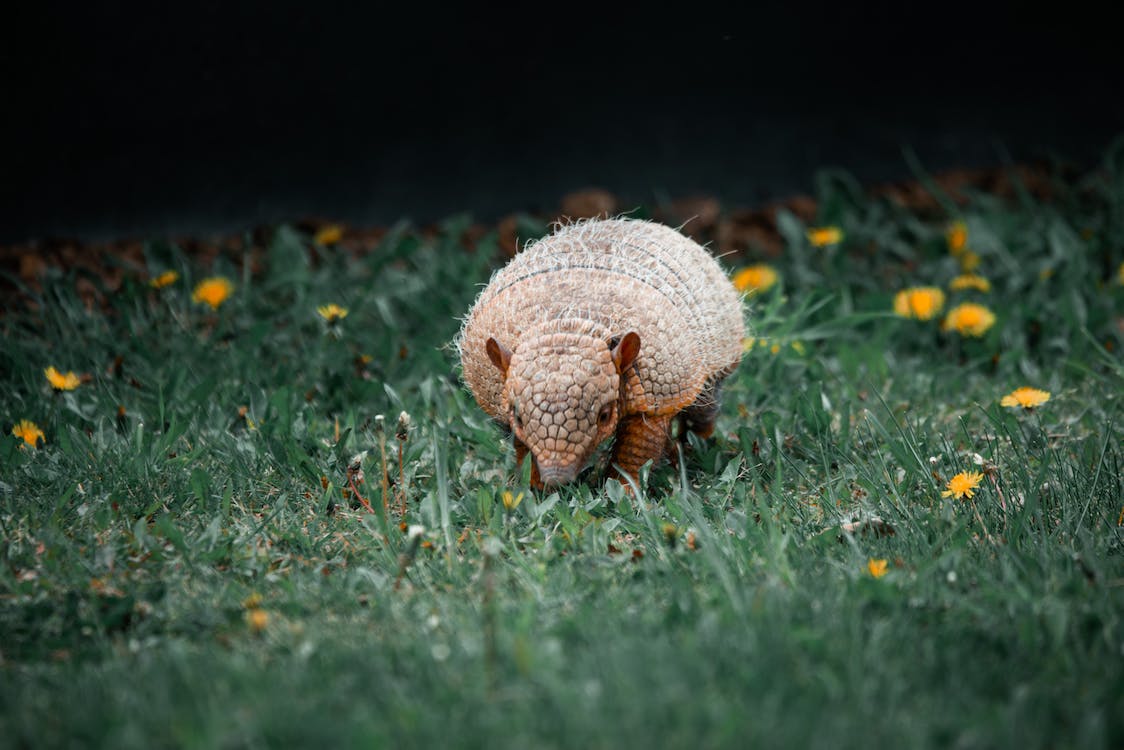Did you ever wonder, “What do Armadillos Eat?” They’re a mysterious bunch, these shell-clad critters, and the answer to that question might leave you intrigued. There are more than 20 species of Armadillos, each with their own unique tastes. Their habitats stretch from Texas to Central and South America, and in recent years, sightings have even been confirmed in Oklahoma and Arkansas. While their migration patterns might be unpredictable, the climate they prefer always leans towards the warmth.
Armadillos: The Master Diggers with a Hearty Appetite

Interesting fact; not all Armadillos boast the same type of teeth. Some have sturdy teeth, while others don’t. In relation to the query, “What do Armadillos Eat?” those with softer teeth choose critters that don’t need breaking down, like insects, worms, or grubs.
However, for those not familiar with Armadillo dentistry, their teeth, as bizarre as it sounds, determine their diet preferences. The ones gifted with strong teeth have an expanded culinary list, including lizards. These largely nocturnal animals have more complexities to their diet than one might assume.
Armadillos: Always on the Move

What might shock you is that these heavy-plated animals are surprisingly quick for their size. Not only are they swift movers, but their burrowing skills are also quite impressive. Given an attack, they can disappear underground in a flash. Some species also have a neat party trick. They can go under water by holding their breath for several minutes or float across wider bodies of water, providing a handy escape indeed.
So, What Exactly Do Armadillos Eat?

One species of Armadillo with a soft spot for ants (fire ants, especially) is indeed an ant-loving enthusiast, easily devouring large quantities at once. Their foraging habits usually kick in at night, covering an approximate speed of one mile per hour. However, don’t underestimate them; they’re capable of swift sprints when necessary.
The food consumed includes:
- Insects
- Grubs and worms
- Small reptiles
- Bird’s eggs
- Fruit
The Unexpected Garden Saviors

Thankfully, versatile diets mean they present little to no threat to humans. And for those garden enthusiasts out there, take comfort in knowing armadillos can be helpful garden guests, thanks to their hunger for destructive insects. Armadillos could be a beneficial addition to one’s garden, eliminating harmful pests. So, if you’ve been fretting over the question, “What do Armadillos eat?”, relax, your garden is safe in their hands (or claws, in this case).
Related Resources: